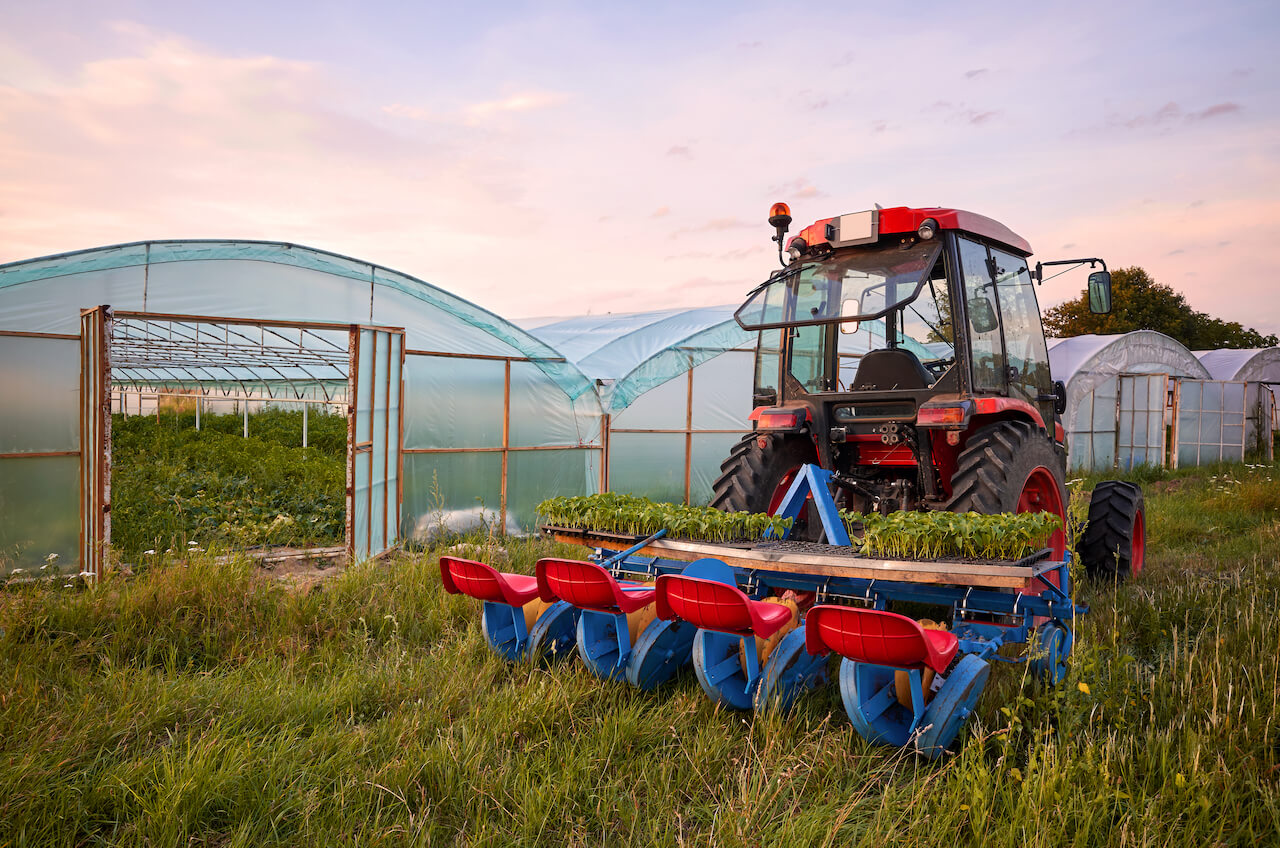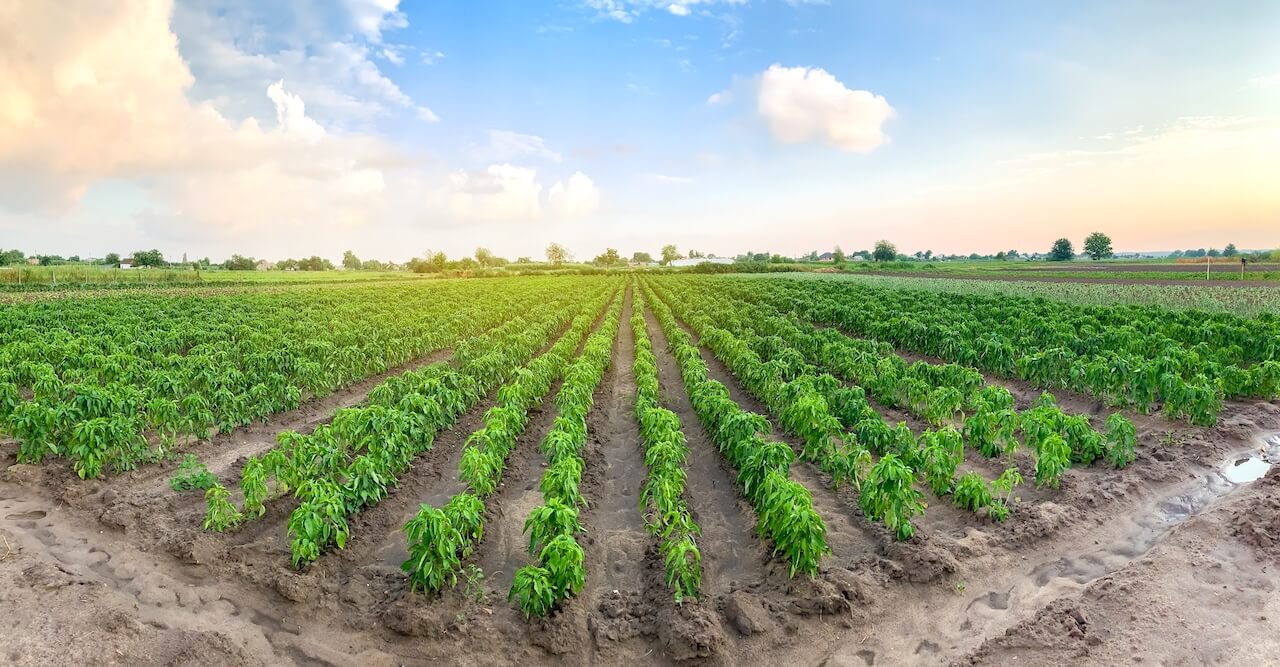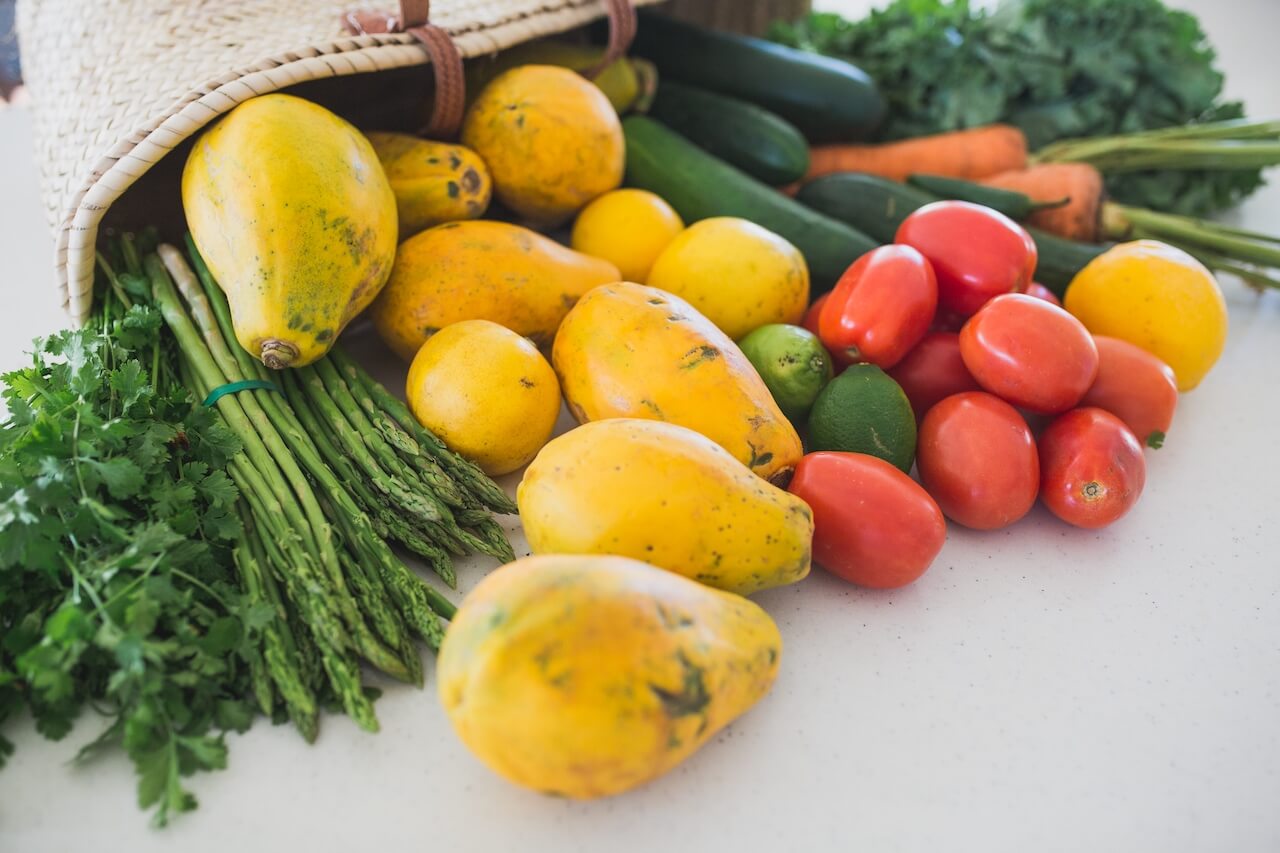Have you thought of how the sustainable farmers produce is created? What are the things to be considered when we talk about sustainable farmers? And what is the added value of supporting farmers produce?
Care of soil
The primary place where the sustainable production begins is the soil where the plants are born and grown. The soil is being taken care of before, during and also after the products are grown. What are the ways of sustainable farmers produce cultivation?
Keeping the soil healthy is the main assumption for healthy products. The rotation of crops from year to year, usage of natural pest predators, planting flowers or plants helping the soil to be fertile instead of using chemical fertilizers, are some methods of soil enrichment.
Another example of sustainable practices are cover crops, such as mustard, which is used to slow erosion process and improve soil health. Planting of different crops to assure biodiversity and place helpful plants next to the main plant also supports the soil and plants health.
The integration of livestock and crops also helps to be more sustainable. The animals are producing the natural fertilizers and the waste of farmers produce or overproduction can be used for livestock feeding. The byproducts can be made or the raw materials can be sold or given to other artisans using them for production in other industries such as textile or accessories products.
Traditional vs. new ways of farming
The main role of farmers produce in the traditional ways of farming was to feed the families and sell the overproduction. After that, monocultural cropping was adopted for practical reasons and also to get the highest profit without caring about the consequences of such cultivation.
The new, innovative ways of farming take into account also the soil and quality of farmers produce, the future impact of today’s cultivation on the environment and natural resources preservation. For example, bio-integrated farming, which relies on nature and reduces the chemical inputs, or biodynamic practices. Principles of biodynamic cultivation base farming activities on lunar cycles. This environmentally–friendly approach leverages the living dynamic of the farm itself and the self-renewal capacity of the closed ecosystem. These activities make the farm and thus also the farmers produce sustainable.
Technologies used
As the technologies are evolving in all domains of our lives, agriculture is not an exception. The technological equipment has advanced, farmers can decide if it is more suitable for you to buy or rent some machines which are not used daily. The water consumption can be reduced thanks to sophisticated irrigation systems, such as low-pressure or drip irrigation. The hydro power, wind farms or solar energy, which are implemented for pumping and heating systems, are examples of using the natural and renewable energies sources.
Long-term impact
To have the future in mind is also one of the signs of sustainably-thinking farmers. They do not focus only on money or profit. Their goals, besides the quality and honesty of sustainable farmers produce in the short-term, are the impact of their activities on the environment – soil and air quality, natural resources preservation or people’s health and safety in the long run. They aim to keep the soil healthy by preventing erosion and not wanting to kill the biodiversity surrounding us. The rich and healthy soil together with the crops living in harmony are a good basis for keeping the land productive also for future generations. The sustainable farmers care about people’s health and want them to eat safe and better products.
Products ready for you
Are any sustainable practices possible to adopt after the product has been taken out of the soil?
Definitely yes! The packaging is the first thing to be considered. Is it really needed to pack this product? If yes, is there any way we can use less packaging or can the farmers produce be packed in bulk? Is the packaging material suitable for recycling or reuse?
Waste management is another key chapter. In the ideal case the creation of waste could be prevented. It is very challenging though and trying to find ways to reduce waste is important.
Planning of the amount of cultivated plants, production, distribution channels as well as the own consumption in detail and being ready to adapt to the market needs, environmental conditions or other unpredictable situations, such as eshops or direct delivery in current pandemic times, play a crucial role in minimising waste.
In case of overproduction, farmers can still feed the animals – on their farms or in the neighbourhood, sell the products or donate them to the charities.
Value of Sustainable Farmers Produce
Farmers who produce in a sustainable way create products that are safe for human’s health and at the same time they are not harming the environment. It actually concerns products the farmers probably eat themselves. The farmers life is tough. They undertake risks related to getting indebted for buying the soil, investing in sustainable technologies and machines or weather conditions. A part of their production can be lost or damaged in case of unfavorable climate conditions or for example eaten by animals.
The sustainable farmers produce is created with their own hands which requires investing lots of daily effort and work, human and financial resources in creating the farmers produce in a sustainable and transparent way. Their experience and knowledge about farming is often inherited from previous generations which creates an enormous human and also cultural value.
Conclusion – ready to choose sustainable farmers products?
The results are bio or even certified organic products with full flavour and a touch of personalised care of the farmers. Along with the benefits of not harming the environment, using the renewable energy resources and innovative technologies which all together gives you the opportunity to serve the safe, fresh and sustainably made food to your family, definitely worth paying a little higher price for the farmers produce. The advantage of eating more of local farmers produce with the possibility to meet the farmers we buy from in person and shortening the transport routes are a great way of supporting the local ecosystem.



